Nationality American Books Birds of North America | Name Chandler Robbins | |
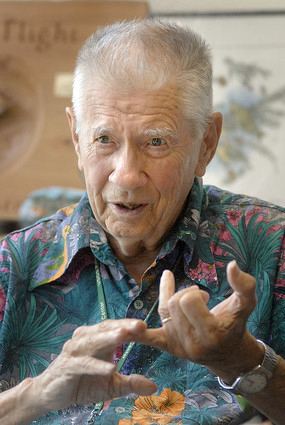 | ||
Known for North American Breeding Bird Survey, Birds of North America: A Guide to Field Identification Residence Laurel, Maryland, United States | ||
Chandler Seymour Robbins (July 17, 1918 – March 20, 2017) was an American ornithologist. His contributions to the field include co-authorship of an influential field guide to birds, as well as organizing the North American Breeding Bird Survey.
Contents
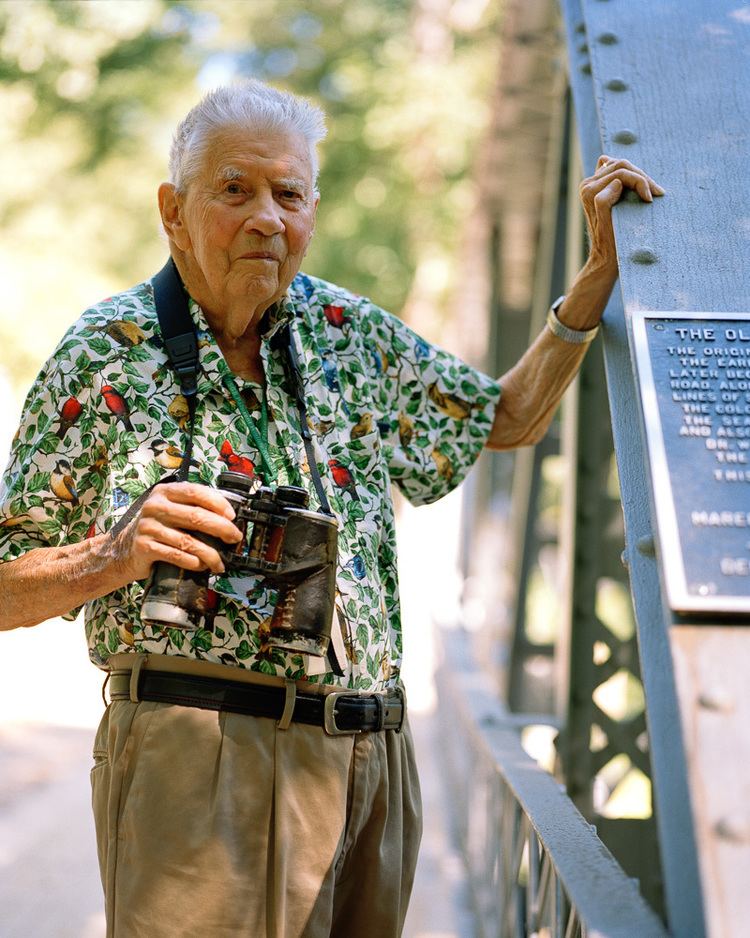
Early life
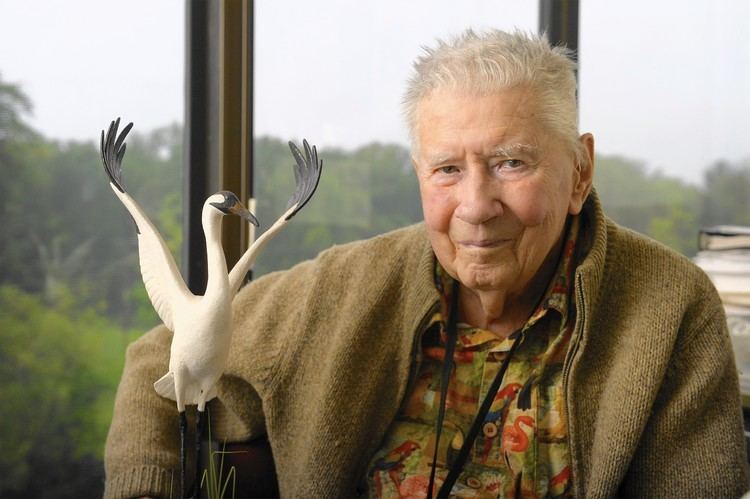
Robbins was born in Belmont, Massachusetts. He received an A.B. degree from Harvard University in 1940; Ludlow Griscom was one of his advisers there. His M.A. degree is from George Washington University in 1950.
Career
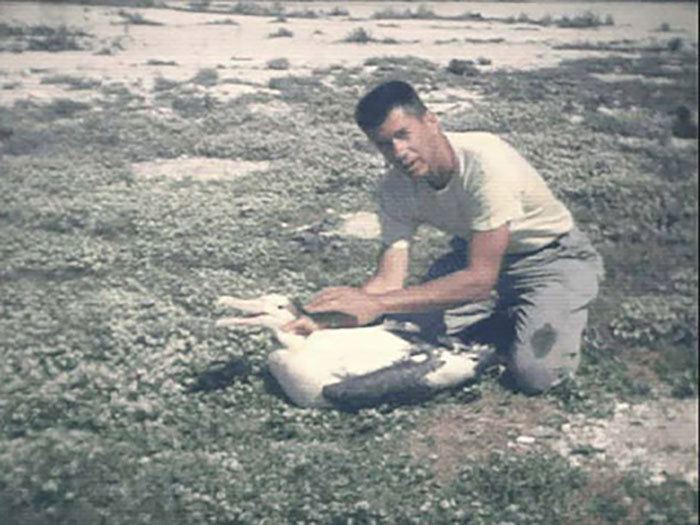
After Harvard, Chandler Robbins taught for a few years. As an alternative to active duty military service during World War II, he joined the Civilian Public Service. In 1943, he transferred to at what is now the Patuxent Wildlife Research Center in Maryland, at the invitation of Frederick Charles Lincoln. Robbins joined the U.S. Fish and Wildlife Service full-time in 1945 as a junior biologist at Patuxent. In his early career, he co-authored journal publications on the effects of the pesticide DDT on breeding bird populations; this work, and that of other researchers, led to Rachel Carson's publication of the book Silent Spring.
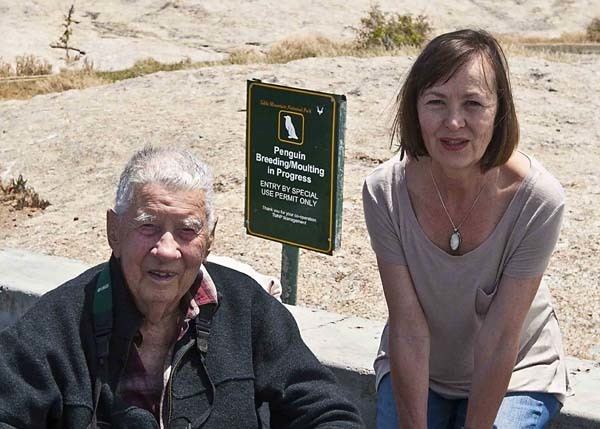
In his lengthy career, Robbins made major contributions in the discipline of field ornithology, from innovative measurement techniques to documentation of the effects of forest fragmentation on eastern woodland birds. His research into forest fragmentation informed regulations developed by the state of Maryland to provide environmental protection to Chesapeake Bay. He performed field work in the mid-Atlantic region, in Latin America and on Midway Island. Robbins banded the oldest recorded living bird, Wisdom (albatross) the Laysan Albatross, on Midway Island in 1956. As of 2016, Wisdom is at least 65 years old.
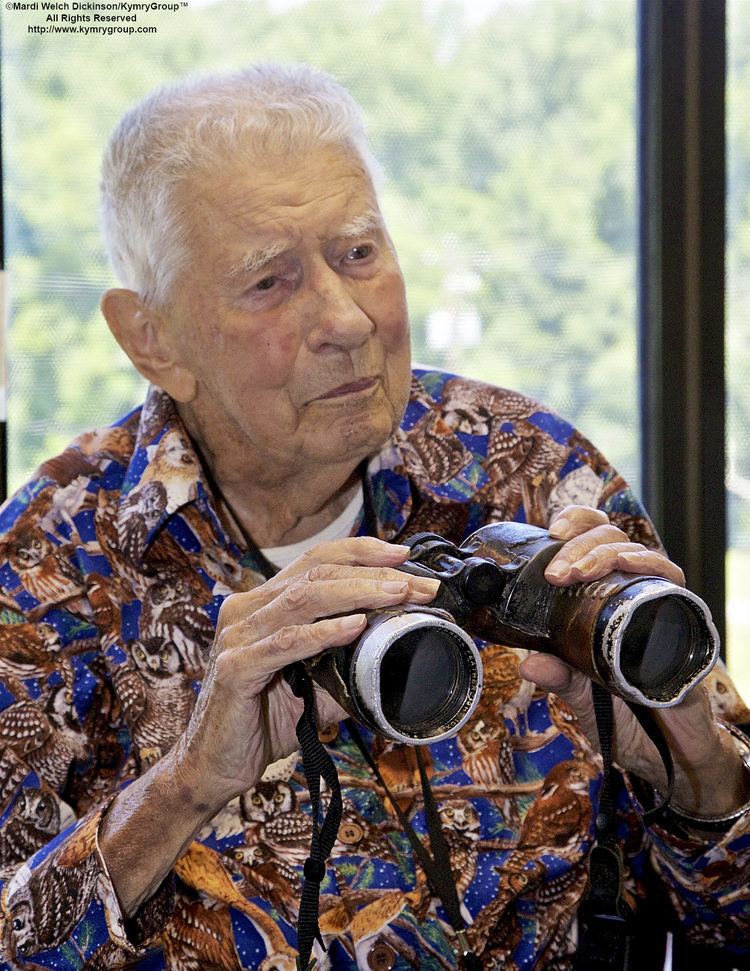
One of the most important accomplishments by Robbins is the methodology of the North American Breeding Bird Survey. The data collection and population estimation scheme employed the strategy of point count samples taken along the roadside by skilled observers; it thereby made the practice of continent-wide bird monitoring efficient for the first time, and placed it on a sound statistical footing. First tested in Maryland and Delaware in 1965, the BBS was rolled out nationwide in the next few years.
In the mid-1940s, Robbins became coordinator of the continent-wide collection of bird migration records in a program initiated by Wells W. Cooke. The program accepted its last cards in 1970, but these 90 years of records are now being digitized and transcribed as part of the North American Bird Phenology Program.
Robbins was selected as one of three Americans to negotiate a treaty with the Soviet Union protecting migratory birds, signed in 1976 and ratified in 1978.
In the popular press, Robbins wrote Birds of North America: A Guide to Field Identification with Bertel Bruun and Herbert S. Zim (illustrated by Arthur Singer) in 1966. The so-called "Golden Guide" (the authors' names did not appear on the front cover) introduced innovative two-page spreads that integrated text, illustrations, range maps and silhouettes. Tracking the advances in optics available to birders, the book presented a wider range of plumages, in more color and detail, than previous guidebooks. As another innovation, the guide represented bird vocalizations with sonograms, two-dimensional graphs of frequency and amplitude over time. The work and its integration of design and purpose were cited by Edward Tufte for its "sense of craft, detail, and credibility that comes from gathering and displaying good evidence all together." It was likewise a commercial success, with millions of copies sold. (A small point of confusion: the publisher issued the book in its Golden Field Guide series, using the Golden Guide name for its science books for younger readers.)
Recognition
In 1987, Robbins was awarded the Linnaean Society of New York's Eisenmann Medal. Also in 1987, Robbins received the U.S. Department of the Interior's Distinguished Service Award. He received the Ludlow Griscom Award for contributions in regional ornithology from the American Birding Association in 1984; the Elliott Coues Award from the American Ornithologists' Union in 1997; and the 2000 Audubon Medal from the National Audubon Society. In 1995, Robbins was awarded an honorary Doctor of Science degree from the University of Maryland, College Park.
In 2000, the American Birding Association established the Chandler Robbins Award for significant contributions to birder education and/or bird conservation. The Foundation for Ecodevelopment and Conservation (FUNDAECO) of Guatemala named the Chandler Robbins Biological Station, located in its Cerro San Gil reserve, in his honor.
Later life and death
After 60 years of public service, Robbins retired from the Patuxent Wildlife Research Center in 2005, taking the title Scientist Emeritus. As of 2015, Robbins was still an active volunteer at the Bird Banding Lab "appearing at the lab in Laurel about three times a week".
Chandler Robbins, a resident of Laurel, Maryland, died on 20 March 2017 in a hospital in Columbia, Maryland of congestive heart failure and other ailments. His wife of six decades, the former Eleanor Cooley, died in 2008. He is survived by four children, Jane, Nancy, Stuart, and George; two grandchildren; and eight great-grandchildren.
